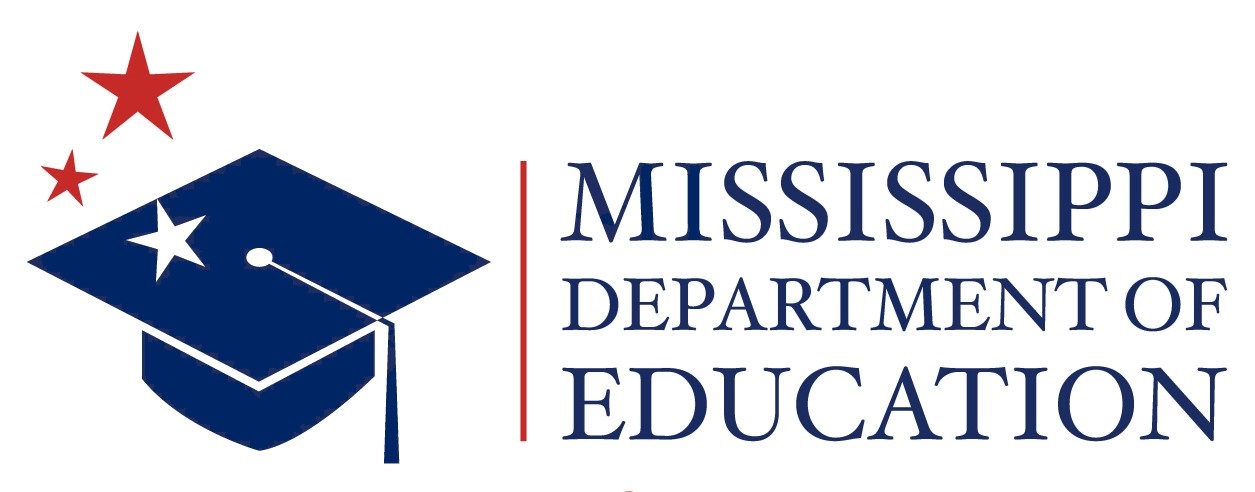- Age-Appropriate Transition Assessment
- The Individual Career and Academic Plan (iCAP): The iCAP is a student’s guide that helps him/her establish and achieve career and academic goals for success after high school. Using the Choices Program, each student in Mississippi must have an iCAP that is personalized to meet each learner’s educational and career goals. The iCAP is completed with the assistance of the school counselors.
- Additional National Resource
- National Secondary Transition Technical Assistance Center (NSTTAC): NSTTAC provides a host of information to assist state agencies in the area of secondary transition. The agency created a toolkit to called the Age-Appropriate Assessment Toolkit. It provides information on what is transition assessment, why conduct transition assessments, how does one select instruments, how does one conduct an age- appropriate transition assessment, sample instruments and emerging issues.
- IEP Development
- The Mississippi IEP Form
- IEP Guidance Document
- Additional National Resource
- National Dissemination Center for Children with Disabilities (NICHCY): NICHCY provides a host of information including the Transition to Adulthood, which is the first page series of webpages that address IEP development, student involvement in the process and transition.
- Transition Tools
- Secondary Transition: A Collaborative Process: This guidance document provides information about secondary transition, the regulatory responsibilities of school districts, the transition process, and additional information to provide transitional services for SCD students
- Sample Forms From Mississippi Schools/Districts (coming soon)
- DeSoto County
- Hudspeth Regional Center
- Jackson County
- Lamar County
- Oxford County
- Summary of Performance: A Summary of Performance Public is designed for the student that will exit with a standard high school diploma, will exit through the District GED Option Program, or due to exceeding the age of eligibility. It provides a summary of academic achievement and performance along with recommendations concerning how to assist the student in meeting post-secondary goals. The SoP is to assist the student in the transition from high school to higher education, training and/or employment.
- Transition Portfolio: The Transition Portfolio [coming soon] is designed for the student with a disability who exits secondary school with a Mississippi Occupational Diploma or Certificate. It documents the preparation of students with disabilities for independent adult living. The Transition Portfolio is intended to be a practical tool for documenting the efforts of the student, his or her family, teachers and other service providers to ensure a smooth transition to post-school opportunities.
- Additional National Resources
- National Secondary Transition Technical Assistant Center (NSTTAC): NSTTAC is a national technical assistance and dissemination center funded by the U.S. Department of Education’s Office of Special Education Program. The website provides numerous transition tools that can be used to aid in secondary transition.
- National Center on Secondary Education and Training (NCSET): The National Center on Secondary Education and Transition (NCSET) coordinates national resources, offers technical assistance, and disseminates information related to secondary education and transition for youth with disabilities in order to create opportunities for youth to achieve successful futures.
- CareerOneStop: CareerOneStop is a U.S. Department of Labor-sponsored Web site that offers career resources and workforce information to job seekers, students, businesses, and workforce professionals to foster talent development in a global economy.
- National Collaborative on Workforce & Disability for Youth: NCWD/Youth is your source for information about employment and youth with disabilities.
-
Association of Higher Education and Disabilities (AHEAD): AHEAD is a professional membership organization for individuals involved in the development of policy and in the provision of quality services to meet the needs of persons with disabilities involved in all areas of higher education.



